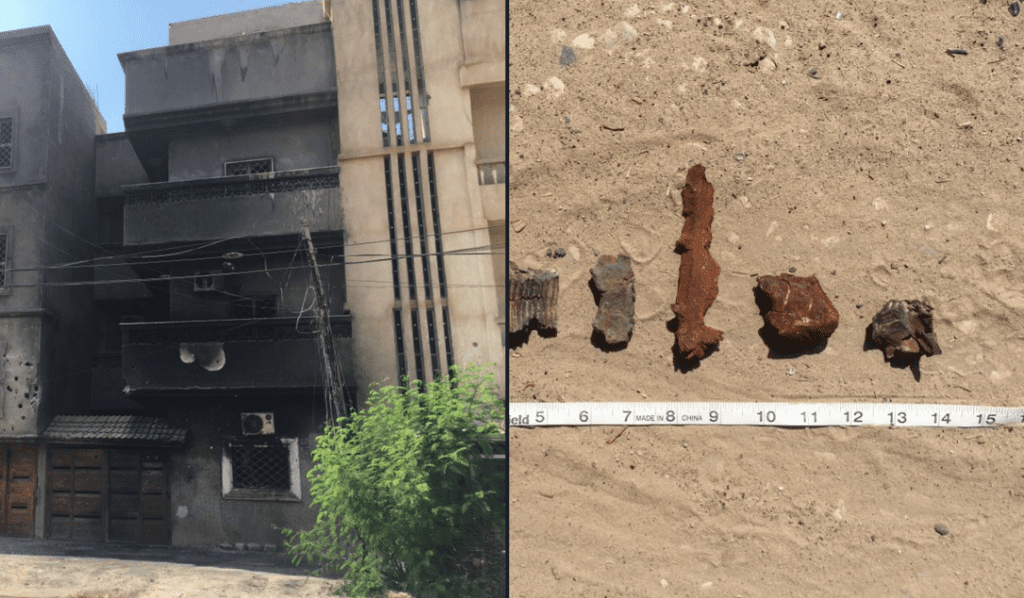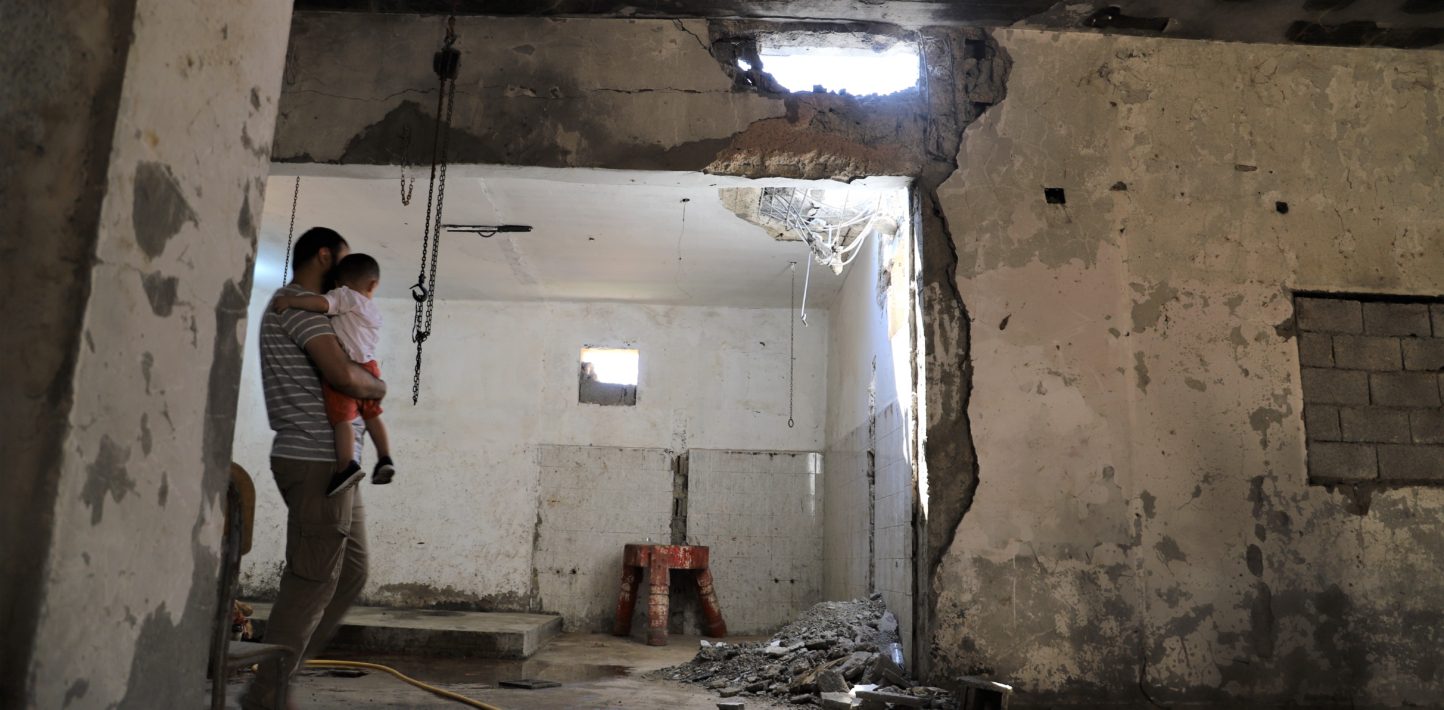Around the world, human rights researchers are adapting their fact-finding methodologies to make sense of atrocities and abuses in the misinformation era.
Gisela Pérez de Acha and John Ortilla
New Fact-finding Methodologies
The battle for Tripoli started in April 2019 when the commander of the Libyan National Army (LNA), led by Field Marshall Khalifa Haftar, began its campaign to take western Libya. Civilians and their homes have been indiscriminately targeted by both the United Nations-backed Government of National Accord (GNA) and the Libyan National Army (LNA). In the three months following the LNA’s attack on Tripoli, a devastating human rights crisis has unfurled – including more than 100 civilians and more than 100,000 displaced.
In such a polarized conflict, fact-finding lies at the epicentre of accountability and justice.
Typically, in such a conflict, Amnesty International would send researchers to the field to gather information on what happened and where. At the Digital Verification Corps, a network of student volunteers working with social media material, we would then we would then corroborate the researcher’s findings by verifying the details of the incidents, including the exact coordinates and time of the attacks.
But in Libya, we were able to work the other way around, with stunning results.
First, the DVC collected social media posts relating to bombings or airstrikes. We then geolocated each using satellite imagery. The exact coordinates created a map for Amnesty’s Crisis Response researchers to further investigate on the ground, to figure out exactly who was killed, and how, and which armed group was likely to have been responsible for each attack.
“There were many times where I knew where I was because of the videos I had seen,” said Brian Castner, Amnesty International’s Senior Crisis Advisor for Weapons and Military Operations. “Traditionally we would send field researchers who would land, get a fixer, drive around, try to go to places, talk to people and get a general idea on what’s going on. Now we had a map to show us the way.”
In places that haven’t been heavily bombed and where attribution is crucial for accountability, we discovered that open source research is a powerful guiding tool for on-the-ground research. This is what happened in Libya.
In a situation such as this, the combination of open source evidence with first-hand, eyewitness testimonies makes our investigations much stronger.
On 14 May, 2019 a GNA attack was reported to have hit a three-story building in a densely populated neighbourhood of Qasr Bin Ghashir. Five people were killed, and more than 12 injured. We had the exact coordinates: 32.688333, 13.176474. With that information in hand, Amnesty’s Crisis Response researchers went to the site, collected munitions fragments, interviewed witnesses and gathered ground-level images.

Combined with the videos and images that we had collected, these provided strong evidence of GNA artillery use on a civilian area – a violation of international humanitarian law.
In another event, on 6 June 2019, a field hospital on the al-Swani neighbourhood was reportedly hit by air strikes believed to have been carried out by the LNA. According to reports, several doctors and medical staff were injured in the vicinity of the al-Swani neighbourhood.
Our DVC team was able to geolocate the area of the reported air strikes, but this wasn’t enough to show who was behind it.
Using the coordinates we had provided to them, Amnesty’s Crisis Response researchers recovered bomb fragments from a crater, right next to a building that housed a temporary Field Medical Support Centre. It was a French SAMP 250kg bomb, which is known to be used by the LNA.
Amnesty then archived all the open source material for further investigation.
Digital verification tools are getting faster and more accurate, and Amnesty International and the DVC are adapting to the fast pace. This combination of digital forensics and on-the-ground research gives us a credible voice in documenting and clarifying human rights abuses in the current era of misinformation.
At this intersection, we have been able to reliably identify who was behind the strikes and the type of weapons used, a crucial step towards accountability.
This article was written by UC, Berkeley DVC members Gisela Pérez de Acha and John Ortilla


